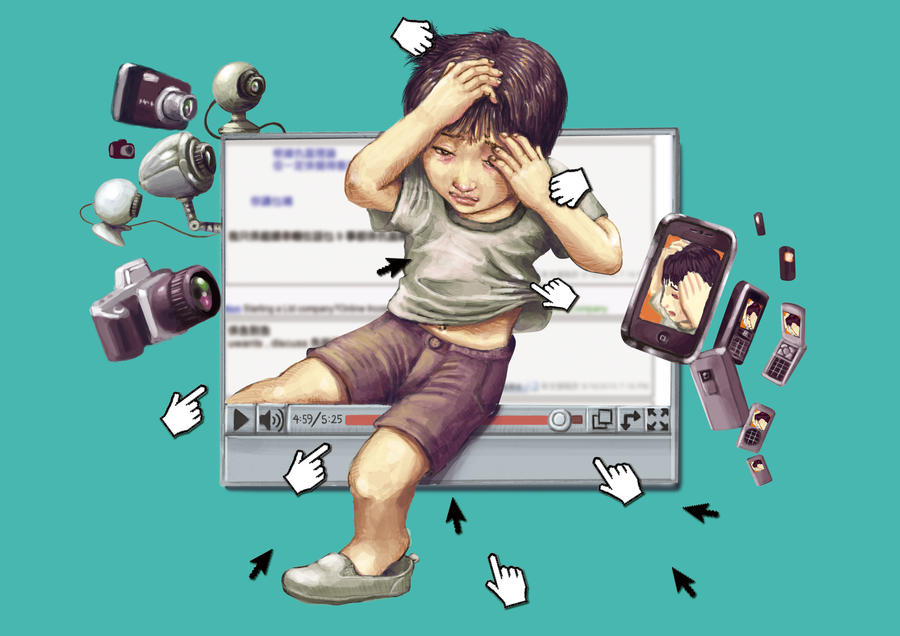In most (if not all) facets of life technology is either
invading or assisting (depending on predisposition). The young people we, as
teachers, are preparing for life, will be better equipped the more technology
we expose them to. For this reason it seems virtuous to include ICTs in our
pedagogy. More and more in the workplace (and life in general) we are operating
digitally #1. So to aide students in having greater success in life, we need to
prepare them for the digital aspects of life.
Another reason to include various e-learning techniques is
to augment traditional teaching methods to provide deeper understanding (i.e.
the content being understood in the higher orders of the BLOOM model #2), more
varied demonstration (appealing to learners of a greater variety of
intelligences), and methods of teaching content more easily absorbed by
learners (faster learning to focus on refining presented content or learning
other content).
Obviously the correct ICT needs to be used for applicable
content, but less obviously the right ICT needs to be implemented by the right
teacher. All teachers are in their own learning journey, developing and
refining their pedagogies (including digital pedagogies). So if one ICT suits
one teacher in one topic, another teacher may have different proficiencies. That
particular ICT might completely fail for them. The same goes for the student
cohort. One class may be really respond to online, self guided, learning
programs, whereas another cohort may respond much more positively through more
teacher interaction and a whiteboard.
Summarising so far: Good ICT use = right teacher + right
content + right students + right technology. This is all about efficacy and, to
me, builds on the TPACK model #3 (which defines relevant technological teacher
knowledge in terms of the overlap of pedagogy, content and technological
knowledge) by adding in the concept of implementation (the students being
taught).
This efficacy is one thing to consider before implementing a
particular digital pedagogy. Another vitally important thing to consider is the
safe, legal and ethical use of the technology.
In a couple of my blogs so far, I have discussed to some
length the safe,
legal and ethical use of particular ICTs and related them to my learning
area. For a teacher, the communication of expectations is vital for any
learning method. Digital methods are no different in that general regard,
though the specific implementation can be radically different. Even between
different electronic technologies, huge differences occur. The student knowing
what is right and what is wrong is one thing, enforcement is quite another.
Monitoring to ensure appropriate behaviour and following up on inappropriate
behaviour, ensuring they don’t repeat, is necessary #4. Exactly how to do this
obviously depends on the particular technology.
The community perception of a school’s implementation seems
vital at this point. We need to not only do the right thing, follow good
processes and implement them, but we need to be seen to be doing this. Parents
and students need to be able to take away from the interactions with the school
that their school environment (physically as well as digitally) is safe. Communication
to ensure the student is not just aware, but clearly understands the limits and
consequences and the parent is made to feel the school takes this seriously is
vital.
One of the benefits of electronic learning techniques is the
ability to change where and when learning can take place. Ten years ago there
is no way I’d be reading up on the various aspects of dimensions of learning on
the bus to a mine at 5am before shift. With digital tools learning can take
place pretty well anytime anywhere. The other benefit is that the same material
can be accessed in different ways (written, audio, visual) with great ease,
appealing to multiple intelligences #6. This has the ability to aide learning in
that analysing content in different lights means some concepts that previously
may have escaped us or not been fully understood can be assimilated more
easily.
The ability for students to collaborate more easily is part
of why digital learning is important. Students working on a project together needn't be in the same country anymore. Even the humble email was revolutionary
in this regard. Collaboration can now take place any time of the day or night
(almost) anywhere. With other digital tools social learning #7 needn't be
restricted to the classroom anymore.
So for my own self and style, choosing pedagogies I am
comfortable with for learning is vital. Be they digital or not, all pedagogical
tools are there to aide me in facilitating learning. The more methods I am
familiar with, the greater my gamut of methods, the better for the students. I
will do what I feel is best for the students. And as I alluded to earlier, I
expect that to grow and change as I discover techniques and refine my
understanding of them.
References:
#1 - Digital life (video in materials)
Michael Coghlin discusses importance of exposing students to technology
https://moodle.cqu.edu.au/mod/page/view.php?id=15527
#2 - Bloom model
https://moodle.cqu.edu.au/mod/page/view.php?id=15617
#3 - TPACK
https://moodle.cqu.edu.au/mod/page/view.php?id=15617
#4 - SLE in materials & link old blogs
https://moodle.cqu.edu.au/mod/page/view.php?id=15620
#5 - Community expectations and image
http://education.qld.gov.au/schools/parent-community-engagement-framework/communication/
#6 - Intelligences
Reading 2-1 p12 People Learn in Different Ways
#7 - Social learning and collaboration
Reading 2-1 p11 Learning Occurs in Cultural and Social Contexts
.JPG)










